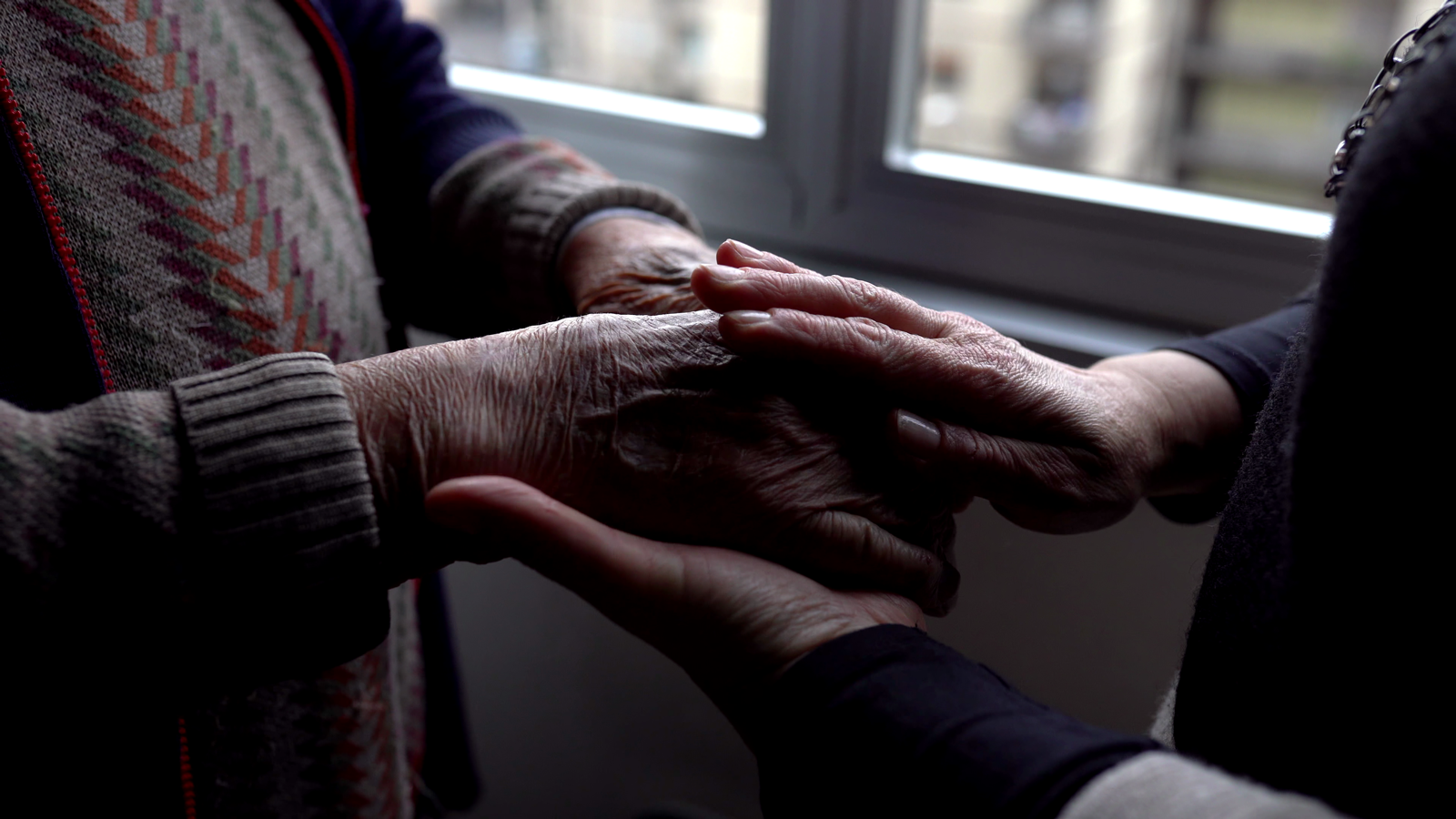- Researchers in France studied 510 people with HIV over the age of 70
- They found that 14% were frail and 63% were pre-frail
- Older age, multiple health conditions and low socioeconomic status were linked with frailty
Thanks to the widespread availability of HIV treatment (ART) in Canada and other high-income countries, many ART users are expected to have near-normal life expectancy. It is therefore important to study aging in people with HIV so that their health and quality of life can be maintained or improved.
As people age, they are at increased risk for becoming frail. Frailty can make people more vulnerable to reduced quality of life, falls, disability, hospitalization and, in some cases, death.
A team of researchers at major clinics in France cooperated and recruited 510 people with HIV who were over the age of 70 for a study on frailty. The researchers assessed people and placed them into the following categories:
- pre-frail – 63%
- frail – 14%
- robust – 23%
The researchers found that the following factors were associated with an increased risk of being classed as frail:
- older age (in five-year increments above 70)
- low socioeconomic status
- multiple health conditions
The researchers suggested that interventions that address health and socioeconomic issues could help promote “successful aging in this population.”
Study details
Researchers screened people for the following issues (which have been validated in other studies of frailty):
- unintentional weight loss
- low hand-grip strength
- exhaustion
- slow walking speed
- low physical activity
They also reviewed participants’ medical histories, including a history of falls and unscheduled hospitalization. Assessments of quality of life and depression were also done.
Data were collected between May 2019 and January 2020.
The average profile of participants upon entering the study was as follows:
- 415 men, 95 women
- age – 73 years
- geographic origin – 92% were born in Europe and 8% were born in sub-Saharan Africa
- current CD4+ count – 562 cells/mm3; lowest-ever CD4+ count – 180 cells/mm3
- 96% had an undetectable viral load
- 27% had a history of AIDS-related complications
- body mass index – 24.7 kg/m2
- 10% were current smokers and 40% had a history of smoking
Here is a summary of information about comorbidities and related issues in participants:
- high blood pressure – 67%
- high cholesterol – 67%
- some degree of cognitive impairment – 58%
- kidney disease – 40%
- depression – 33%
- fallen in the past year – 23%
- diabetes – 21%
- history of cancer – 17%
- osteoporosis – 16%
- heart attack or coronary heart disease – 15%
- stroke – 10%
- poor blood flow in the legs (peripheral artery disease) – 9%
- chronic lung problems – 7%
- viral hepatitis – 6% had hepatitis C virus infection and 4% had hepatitis B virus infection
Results
Researchers found that people who were frail (compared to people who were pre-frail or robust) were more likely to have the following issues:
- older age than the study average
- chronic lung disease, depression, difficulty with memory and thinking clearly, peripheral artery disease
- a history of what the researchers called “negative health outcomes during the past 12 months”
Not surprisingly, frail people were more likely to have poor quality of life compared to people who were pre-frail or robust.
People who were frail were more likely to report the following issues to the research team:
- lack of energy
- muscle aches
- food/hand pain
- impaired memory
As a result, the researchers suggested that some frail people could benefit from programs that provide psychological support and address their pain.
Comparison
The researchers did not recruit a comparison group of older HIV-negative people. However, when they compared rates of frailty to a historical sample of people without HIV in France who were over the age of 55, they found that these rates were similar to those in the present study in people with HIV.
For the future
In the study with people with HIV, data were collected at one point in time and comparisons between participants were made. The researchers plan to extend their study for five years, which will allow them to collect more data and study the transition across categories (robust, pre-frail, frail).
Future studies should include diverse populations—including women, more people of colour, transgender people and people who use drugs—to assess the impact of aging on these populations.
It would be helpful for healthcare providers and their patients with HIV if future studies could test interventions that are designed to improve the health of frail and pre-frail people.
—Sean R. Hosein
Resources
CTN 314: Change HIV – Canadian HIV Trials Network
High rates of frailty seen among middle-aged and older HIV-positive people in Alberta – CATIE News
Factors affecting frailty in middle-aged HIV-positive people – CATIE News
Interventions against frailty may improve the health of HIV-positive people – CATIE News
REFERENCES:
- Allavena C, Blain H, Abulizi X, et al. Prevalence and risk factors of frailty among adults living with HIV aged 70 years or older. AIDS. 2023 Jan 1;37(1):183-189.
- Trickey A, Sabin CA, Burkholder G, et al. Life expectancy after 2015 of adults with HIV on long-term antiretroviral therapy in Europe and North America: a collaborative analysis of cohort studies. Lancet HIV. 2023; in press.

